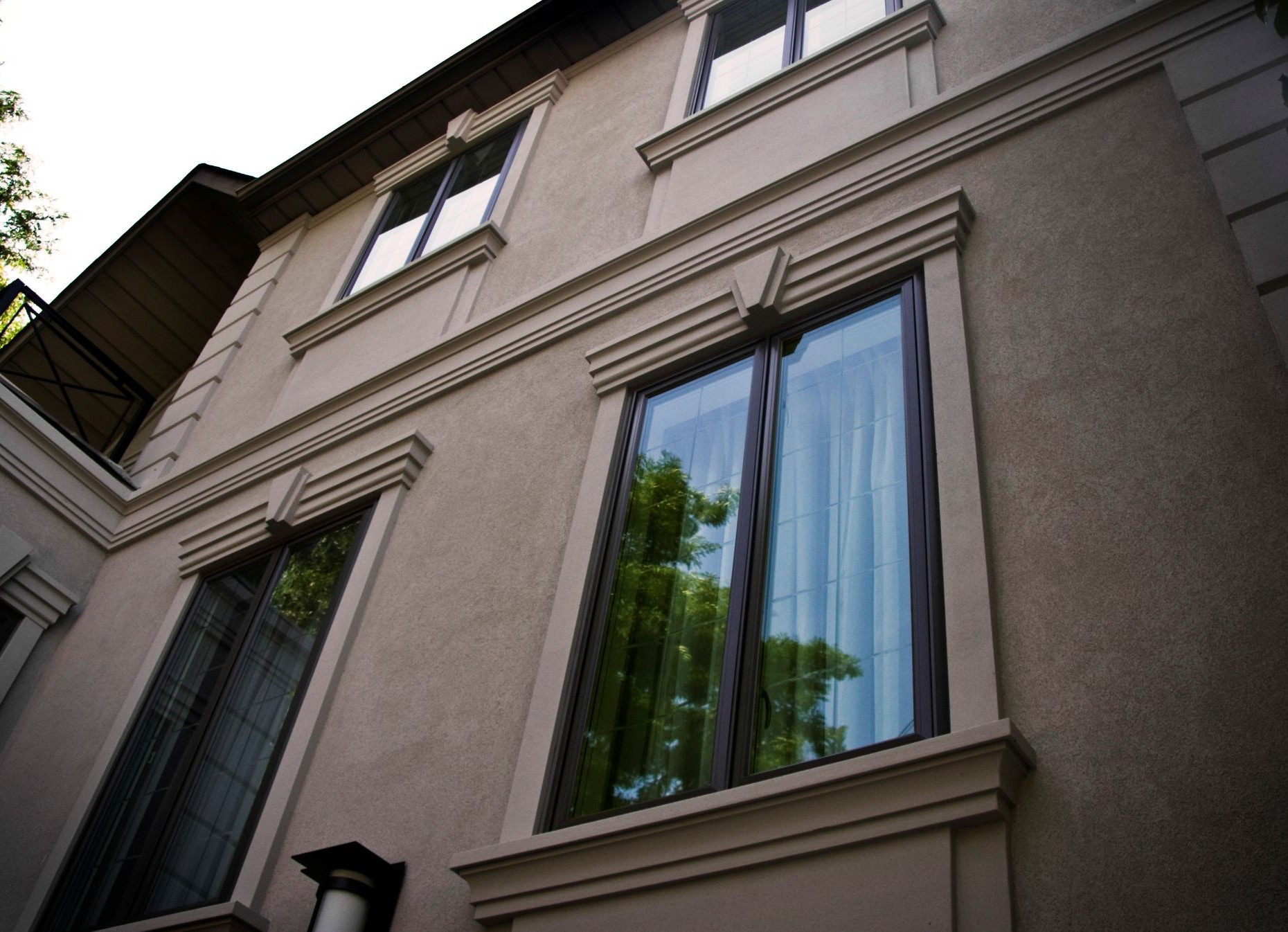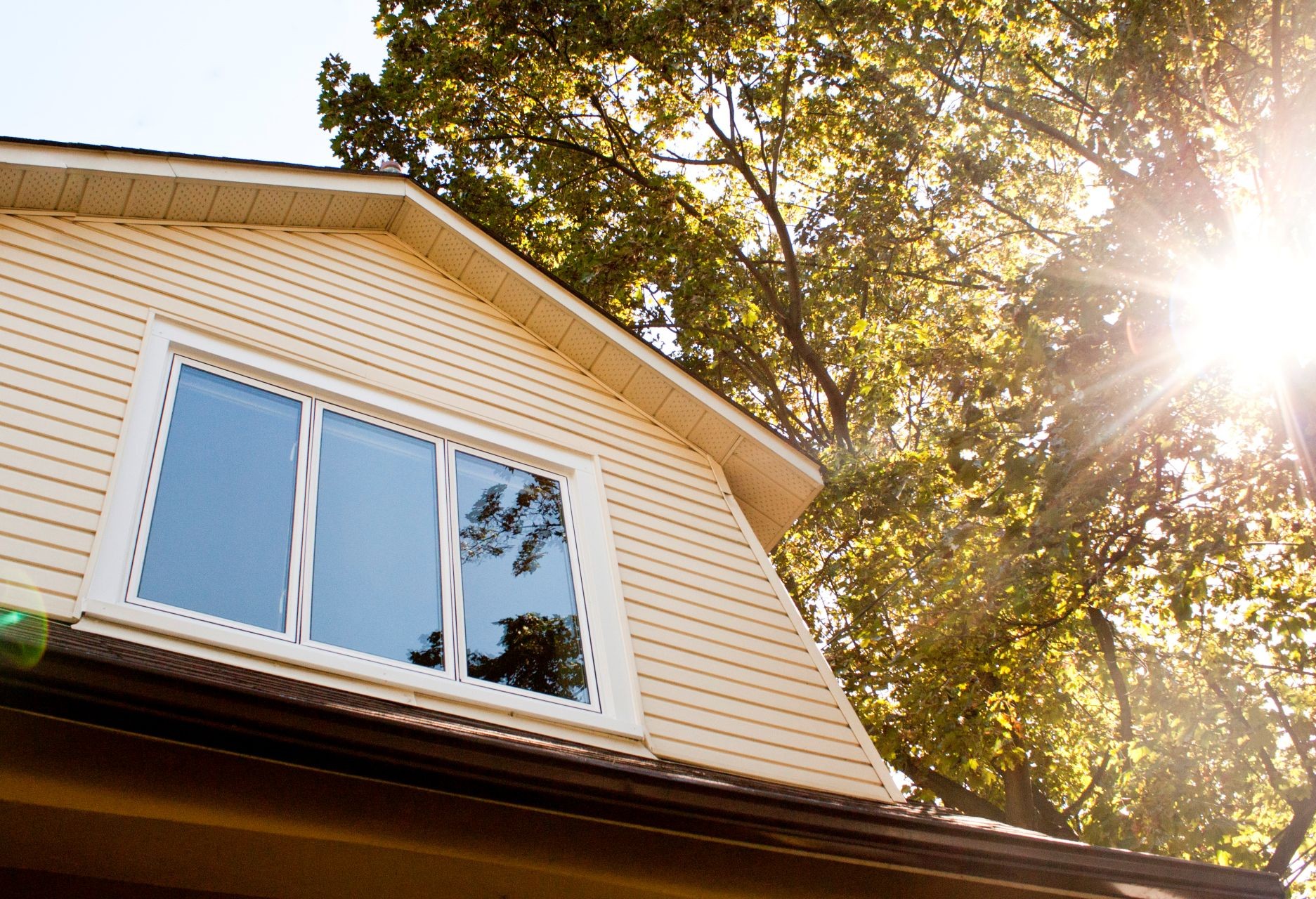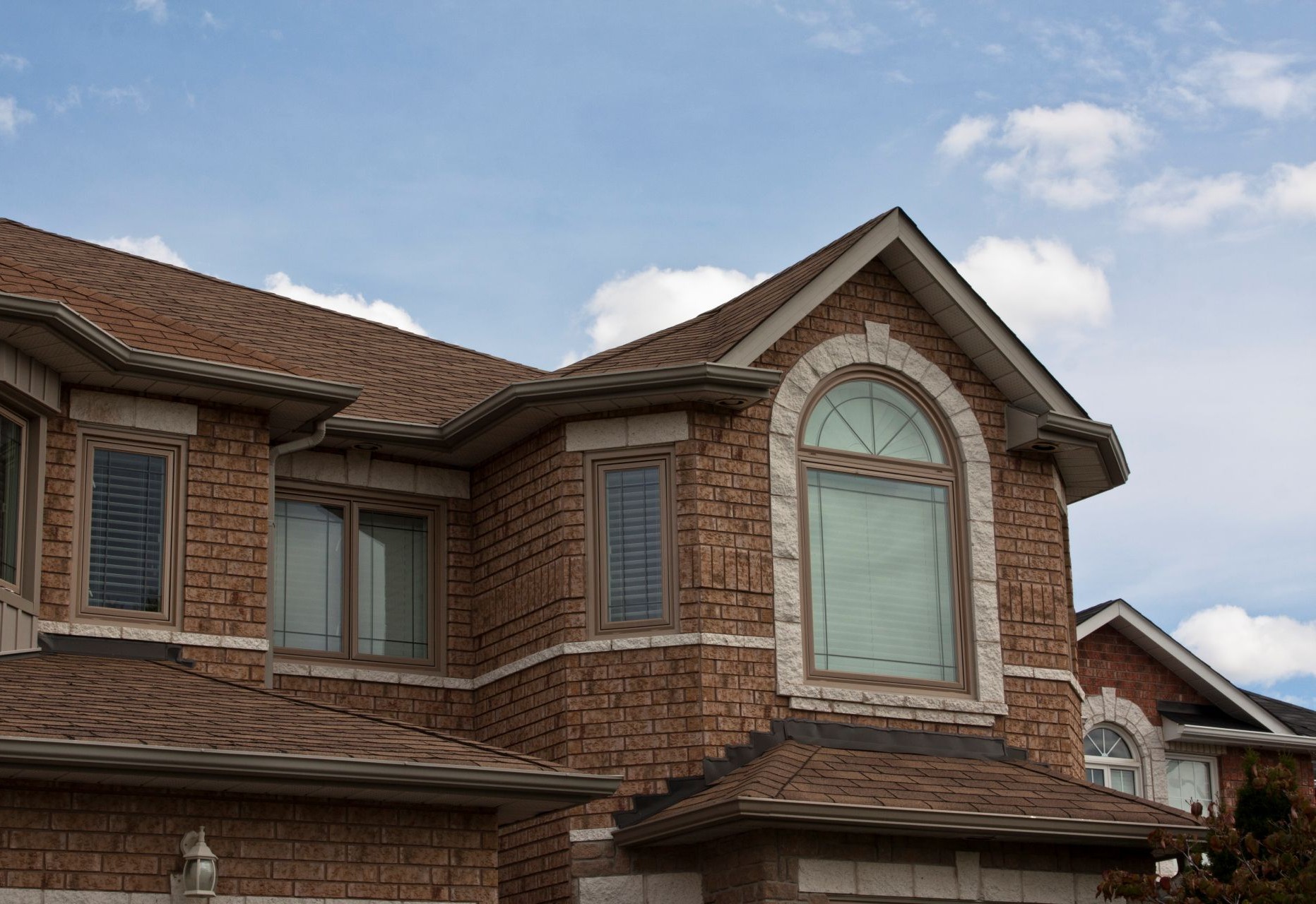
Window Parts, Materials & Components
The Ultimate Guide to Proper Window Flashing Installation
If you’ve noticed drafts near your windows, unexplained water stains around the frames, or you’re simply planning to replace or install windows in your home, it's important to understand the role of window flashing.
This invisible but crucial barrier protects your home from water leaks, mold growth, and expensive structural damage by ensuring that rain and moisture don’t sneak behind your windows.
In this article, we’ll explain what window flashing is, why it matters, how it works, and what every homeowner should know to keep their windows energy-efficient.
Key Takeaways
- Window flashing is a protective barrier installed around windows to divert water away from the building. It prevents leaks, mold, and structural damage, while also reducing drafts and energy loss.
- Different materials like metal, tapes, and liquid flashing are used for this purpose, each with its own benefits and installation considerations.
- Professional installation is critical given the importance of this window component.
- Timely maintenance can save homeowners significant costs and hassle in the long run. Signs of flashing problems include drafts, peeling paint, musty smells, and water stains.
What Is Window Flashing?

Window flashing is designed to divert water away from your home to prevent window leaks. Because of this, window flashing is of utmost importance in maintaining your windows' watertight seal. If the window flashing is installed incorrectly, you may notice water leaks, then mold growth, and eventually structural damage.
Furthermore, window flashing also plays an important role in preventing unwanted air exchange. Poorly-flashed windows can definitely open doors for drafts, which can impact energy bills and indoor comfort.
Different Flashing Materials: Metal, Flashing Tape, and Others
Flashing is typically made from metal (like aluminum or galvanized steel), liquid sealant, or durable tapes (such as composite acrylic stretch tapes). It's installed around the edges of a window covering vulnerable areas, tucked beneath siding, shingles, or stucco. It serves as a continuous shield that stops moisture from seeping in through tiny gaps where your window meets the wall.
Here are some of the pros and cons of different flashing materials:
Keep in mind that the window flashing material should be chosen based on what materials it will get in contact with. For example, some materials are best suited for vinyl and wood, while others are better for brick and stone.
Types of Window Flashing
There are three types of window flashing, which we'll discuss below.
Sill Flashing
The sill flashing sits at the bottom. This is the first line of defense. It is installed at the base of the rough opening before the window goes in, usually sloped slightly to let gravity whisk water outwards. In short, it butts up against the bottom of the window or extends out. If water ever gets behind the window, this flashing guides it back outside.
Jamb Flashing
The window jamb flashing is installed on the sides. It prevents water ingress from window corners.
Head Flashing/Drip Cap
The head flashing, also called a drip cap, is installed at the top (the header). This is a rigid metal strip tucked above the window trim. It prevents rain from diving directly down into the top seam of the window. If it's properly installed, the water hits this cap and pours past the window frame. The head flashing is often allowed to overhang a little bit on each side.
Benefits of Properly Installed Window Flashing

Installing windows without proper flashing is like wearing a raincoat without closing the buttons: you may not get soaked right away, but moisture will eventually find a way in.
As such, high-quality flashing that’s installed correctly into the wall system offers homeowners major long-term benefits:
- It protects structural framing from rot, mold, and water damage.
- It prevents energy-wasting drafts and air leaks.
- It extends the lifespan of windows, trim, and surrounding siding.
- It reduces costly future repairs to both exterior and interior surfaces.
- It maintains the overall health, comfort, and efficiency of your house.
Installing Window Flashing
If you're going to replace windows, the contractors will also have to inspect the window flashing. They'll begin by removing the old window and checking the existing flashing for damage. If it is intact, they won't replace it. They'll simply insert the new window. If the flashing is damaged, they'll have to replace it; otherwise, your new windows will start leaking in no time.
We recommend hiring a professional to install window flashing, even if you have experience with window installation. Even more so, it's best to hire someone who can provide a warranty on their work. Given the importance of this window component for both the windows and the entire home, it's not worth it to take the risk of installing it yourself, unless you're a professional window installer.
However, if you want to install window flashing yourself, make sure to follow the window manufacturer's instructions.
Signs Your Window Flashing Was Installed Incorrectly
Wondering whether your window flashing is causing some of the issues you've been experiencing lately with your windows? Here are some signs that may indicate that window flashing was incorrectly installed:
- Mysterious drafts around windows
- Peeling paint or staining near the inside trim
- Peeling paint or wallpaper near windows
- Higher than usual energy bills
- Dam, musty smells that cannot be explained
- Rotting exterior wood or soft drywall indoors.
Basic Flashing Maintenance You Can Do Yourself
Each spring and fall, take half an hour to examine your windows from both inside and outside. Look for anything obvious: water stains, cracked caulk, peeling paint, or warped sills. You don’t need a ladder for the first check, just a careful eye and maybe a flashlight for dark corners.
It’s also worth cleaning your window tracks with a vacuum and a damp cloth, as dirt and debris can trap moisture and hide early signs of trouble. Moreover, wipe down your frames and windowsills with mild detergent; this isn’t just for appearance! Removing grime will help you spot cracks or gaps early on.
And after storms, make it a habit to clear leaves or obstructions from windowsills and check for puddling water that didn’t drain away.
Moreover, don’t ignore your windows' functionality. Open and close every window slowly. If one sticks or refuses to lock, that could signal swelling from hidden leaks or shifting that lets water in.
Red Flags to Avoid Bad Contractors

Finding a reliable window installer can make all the difference in protecting your home from leaks. Be cautious if a contractor pushes for an immediate decision or refuses to give you a written estimate, license, or proof of insurance. Themagise are warning signs that they may not follow proper installation procedures, including flashing.
Trustworthy installers will have a permanent business address, willingly provide references, and take time to explain their process. If a bid comes in dramatically lower than others or a contractor skips steps, it’s wise to be skeptical.
A reputable professional should also be able to walk you through the materials and steps they’ll use. They should let you see the flashing installation before covering it up with siding. If they grow vague, rush your decision, or cut corners, it’s in your best interest to look elsewhere.
Cost Expectations for Repairs or Replacement
The cost of window flashing work, whether repair or new installation, is definitely modest compared to the price of ignoring it. For most homeowners, flashing repair will cost from $250 to $550 when handled by a professional. Emergency leak repairs, especially if water damage has already occurred, can range from $300 up to $800 or more.
If flashing is neglected, though, repair bills can climb quickly: minor wall or sill water damage often costs $1,000 to $3,000 to fix, while major structural rot or mold remediation can reach $5,000 to $10,000 or higher.
Quick Homeowner Checklist
Spring Inspection (March-May)
- Look for winter damage - cracked caulk, loose flashing, or water stains
- Check if the windows open and close smoothly
- Clean window tracks and frames
Fall Inspection (September-November)
- Check for drafts around window frames on windy days
- Check caulking condition before cold weather arrives
- Look for peeling paint or new stains that developed over the summer
Year-Round Warning Signs
- Higher than usual energy bills (they suggest air leaks)
- Condensation between window panes (call a professional)
- Windows that stick or won't lock (alignment problem)
- Any musty smells near windows (potential mold)
What You Can Handle vs. Professional Jobs
- DIY: Cleaning, basic caulking, minor weatherstripping replacement
- Professional: Flashing repairs, structural problems, water damage, window replacement
Looking for High-Quality Windows? Contact Magic!
If you're looking for high-quality windows installed with expert care and precision, Magic is here to help.
We understand the vital role that proper window flashing plays in protecting your home from leaks, drafts, and costly damage. Therefore, our skilled team is dedicated to ensuring every window we install meets the highest standards of craftsmanship and durability, giving you peace of mind for years to come. We also offer a 40-year warranty for the insulated glass, non-glass materials, and workmanship!
Whether you need new windows or want to ensure that your current ones are properly flashed and sealed, don’t hesitate to reach out for a free consultation!
Frequently Asked Questions
What is flashing on a window?
Flashing on a window is a protective barrier that directs water away from the window frame to prevent leaks and water damage. It is usually made of metal, tape, or liquid sealant and is installed around the window’s edges to create a watertight seal.
How much does it cost to reflash a window?
Reflashing a window typically costs between $250 and $575, depending on the extent of the work and local labor rates. Emergency repairs involving water damage can increase the cost to several hundred dollars more.
Is window flashing necessary?
Yes, window flashing is necessary because it prevents water infiltration that can lead to mold, rot, and structural damage. Proper flashing also helps reduce drafts and improve your home’s energy efficiency.
What is the best way to flash a window?
The best way to flash a window involves installing a continuous, shingle-style barrier, which means that each material should overlap the layer below it, just like roof shingles.
What is the role of a sill pan in window flashing?
The sill pan serves as a vital barrier that collects and diverts water away from the window or door frame, effectively preventing moisture intrusion into the walls.
How often should I inspect my window flashing?
It is advisable to inspect your window flashing at least twice a year to detect any signs of damage or wear. Regular inspections will help maintain the integrity of your windows and prevent potential water issues.